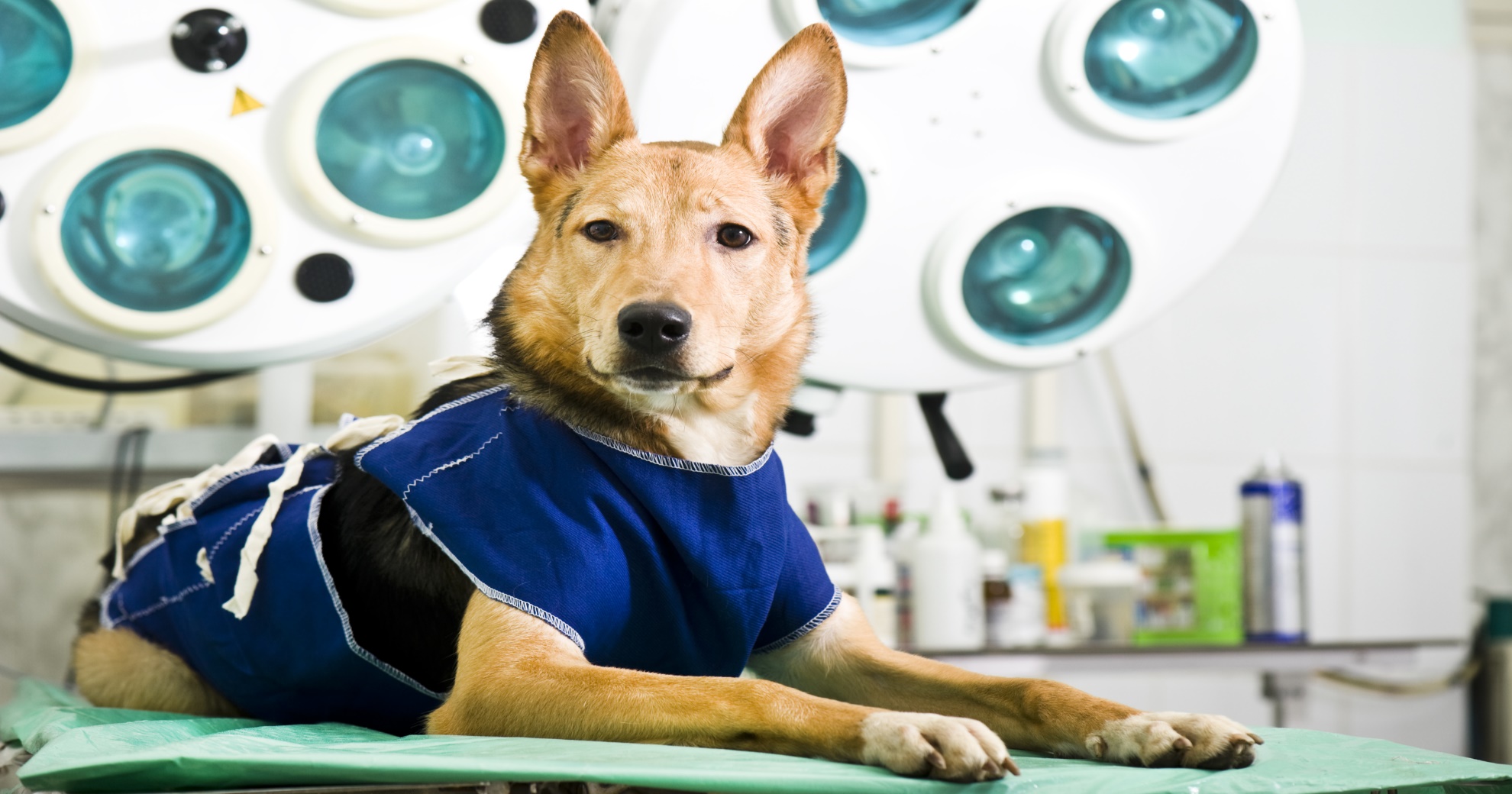HEALTH & WELLNESS

TRENDING

SIGN UP and Start Receiving
Our Monthly Newsletter,
The Chronicles
What are the Signs & Symptoms of Pain in Dogs?

Pain Identification in Dogs
DOGS AND PAIN
Just as we humans feel pain, so do dogs. Pain and discomfort are experienced for similar reasons, including:
- Dental problems
- Infections
- Arthritis
- Various diseases, such as bone disease, kidney disease and heart disease
- Cancer
- Injury or surgical procedure
DOGS SUFFER IN SILENCE
Unlike humans, dogs cannot tell us that they are in pain. It cannot be assumed that dogs will howl or whimper, if in pain. They often hide the fact that they are in pain because from a survival point of view in the wild, they have learned to suffer silently so as not to attract any attention from predators.
UNTREATED PAIN AND CONSEQUENCES
If a dog is in continual pain, any healing process is compromised, other complications could arise and quality of life is affected. Some consequences of continuous pain include:
- Immune system suppression (more vulnerable to infection and other diseases)
- Interference with metabolism
- Interference with tissue and wound healing
- Digestive troubles
- Anxiety
- Insomnia
- Interference of normal behavior
- Personality change
- Loss of quality of life
Diagnosis, treatment and management of pain as early as possible will lead to a better outcome and enhance the dog’s quality of life.
SIGNS AND SYMPTOMS OF PAIN IN DOGS
Here’s an overview of the signs and symptoms of pain in dogs:
Appearance and Behavioral Changes
- Stiffness
- Shivering
- Eating less
- Inappetence
- Unenthusiastic
- Trouble sleeping
- Unusual posture
- Not willing to move
- Abnormal neediness
- Sluggish/unresponsive
- Panting more than usual
- Limping/moving strangely
- Restless and/or sleeping problems
- Protecting certain parts of the body
- Biting, licking or scratching certain parts of the body
- Diarrhea and/or vomiting
Changes in Alertness and Response to People
- More alert: usually less severe pain
- Less alert: associated with severe pain
- Responding differently (e.g. no tail wagging)
- Abnormal aggressiveness when handled
- Apprehensiveness when handled
- Hiding or antisocial
- Flattened ears
Changes in Vocalization
- Growling without an obvious reason
- Random howling, whimpering or whining
- Howling or whimpering, mainly when neglected
- Uncharacteristically quiet or quieter than usual
PAIN MANAGEMENT
Dogs respond differently to pain so all of these signs and symptoms are just guidelines. If you notice any of these signs, consult with your veterinarian. After diagnosing the problem, your veterinarian will explain various treatment options. Then decisions can be made about the approach to treatment that best meets the needs of both you and your dog.
Related Articles









